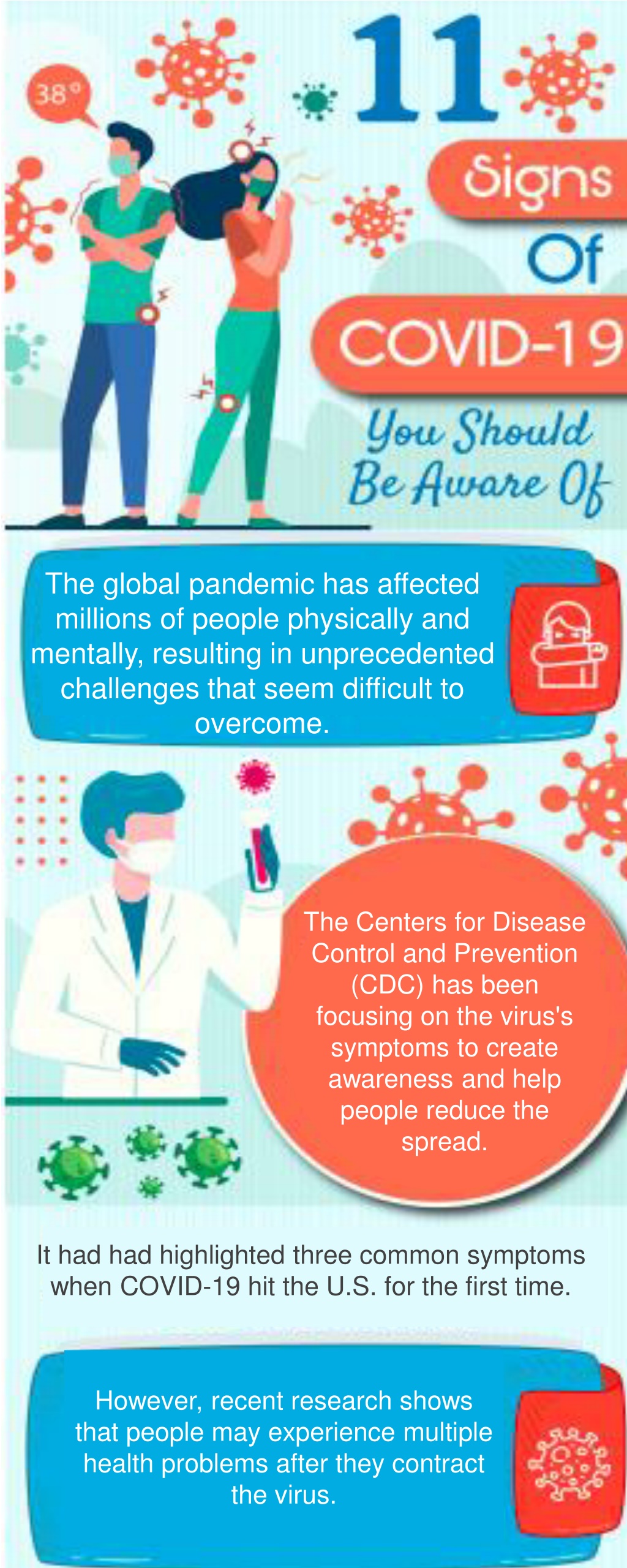Understanding COVID-19 Symptoms and Differentiating from Other Illnesses
The global pandemic has brought about unprecedented challenges, with researchers updating the list of symptoms associated with COVID-19 infection. Common symptoms include fever, cough, shortness of breath, sore throat, congestion, loss of taste and smell, headache, fatigue, muscle pain, diarrhea, nausea, and vomiting. It's crucial to distinguish COVID-19 symptoms from allergies, cold, or flu to ensure timely testing and proper management.
Download Presentation

Please find below an Image/Link to download the presentation.
The content on the website is provided AS IS for your information and personal use only. It may not be sold, licensed, or shared on other websites without obtaining consent from the author. Download presentation by click this link. If you encounter any issues during the download, it is possible that the publisher has removed the file from their server.
E N D
Presentation Transcript
The global pandemic has affected millions of people physically and mentally, resulting in unprecedented challenges that seem difficult to overcome. The Centers for Disease Control and Prevention (CDC) has been focusing on the virus's symptoms to create awareness and help people reduce the spread. It had had highlighted three common symptoms when COVID-19 hit the U.S. for the first time. However, recent research shows that people may experience multiple health problems after they contract the virus.
Scientists and health professionals are conducting extensive research on the newly discovered i coronavirus, updating the list of symptoms. Fever A fever or chills that measures 38 Celsius or higher may indicate a Covid-19 infection. Cough A dry cough which is not accompanied with phlegm or mucus is a sign.
Shortness of breath Sufferers of the COVID-19 disease frequently display shortness of breath dyspnea which is pronounced disp-naya . Sore Throat The virus causes mucus run down the back of the victim s nose to his / her throat. (Post nasal drip). The type of sore throat characteristic of COVID-19 infection is pharyngitis. Congestion Or Runny Nose A stuffy or congested nose occurs when the tissues lining it become swollen. The swelling is due to inflamed blood vessels. The problem may also include nasal discharge or "runny nose." Loss of Taste & Smell Inflammation of the nasal cavity as a result of COVID-19 infection affects a person s ability to taste as well as smell food.
Headache Fever disturbed and / or lack of adequate sleep, loss of appetite can lead to headaches. Fatigue Sufferers of COVID-19 frequently complain of weakness and tiredness as demonstrated by stories of persons struggling to execute daily tasks such as climbing a flight of stairs. Muscle & Body Pain A fever occurring as a result of inflammation causes the muscles and body to feel pain. Diarrhea A recent study of 200 persons with mild COVID-19 showed that of them had diarrhea as their First Symptom.
Nausea & Vomiting Recent scientific publications have supported research correlating nausea / vomiting with excess mucus in the gastrointestinal tract, particularly the stomach. Allergies, Cold, Flu or COVID-19? How to Tell the Difference. While there s no easy way to differentiate, you can focus on your personal medical history to tell if you have contracted COVID-19. If you don't experience seasonal allergies, but suddenly notice signs, you need to get tested. Allergies can cause cough and headache but not a fiver. Allergies can cause cough and headache but not a fiver.























